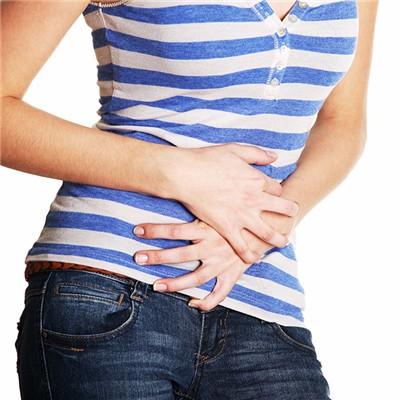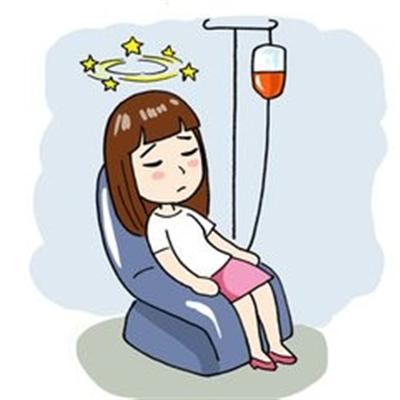What kind of disease is traveler diarrhea?
summary
Traveler's diarrhea refers to three or more times of unformed feces per day during or after travel, or the number of unformed feces varies, but accompanied by fever, abdominal pain or vomiting. The pathogens causing travelers' diarrhea can be divided into non-invasive and invasive. Non invasive, its clinical characteristics are not obvious symptoms of systemic poisoning, no fever or obvious abdominal pain, diarrhea is watery stool, large amount, not accompanied by diarrhea, easy to cause dehydration and acidosis, no inflammatory cells in the stool, the course of disease is generally short. Invasive, clinical characteristics of systemic toxic blood symptoms are more obvious, fever, abdominal pain and tenesmus, diarrhea is mostly bloody mucus stool, or bloody watery stool, stool more and less.
What kind of disease is traveler diarrhea?
The pathogens causing travelers' diarrhea can be divided into non-invasive and invasive. Cholera, ETEC, EAEC, viruses and most of the bacteria causing food poisoning are non-invasive pathogens. Because the pathogens are non-invasive, most of them have no histological changes, and the infection is mainly in the small intestine, the clinical characteristics are that the symptoms of systemic poisoning are not obvious, there is no fever or obvious abdominal pain, the diarrhea is watery stool, large amount, and not accompanied by diarrhea, which is easy to lead to water loss and acidosis, There are no inflammatory cells in the stool, and the course of disease is generally short. Diarrhea caused by invasive pathogens, intestinal lesions, can discharge inflammatory exudates, mainly involving the colon. Its clinical features are obvious toxic blood symptoms, fever, abdominal pain and diarrhea, mostly bloody mucus stool, or bloody watery stool. There were a lot of purulent cells and red blood cells in stool examination, and diffuse congestive inflammation and superficial ulcer were found in sigmoid colonoscopy. Shigella, Salmonella, EIEC, Clostridium perfringens, Yersinia, Campylobacter jejuni and some special viral diarrhea all belong to this type. The same pathogen can be involved in the pathogenesis of multiple diarrhea, so its clinical manifestations can overlap or appear successively. Clinical easily lead to limb weakness.

Diarrhea often occurs in the early stage of staying in other cities. In tropical areas, 62% patients occurred within 1 weeks and the highest incidence rate was third days. Most of the tourists' diarrhea is self limited, and the diarrhea period is usually short. 55% of the patients with diarrhea in the tropics and 65% of the patients in North America stop diarrhea within 48 hours, while it fluctuates from 42% to 61% in the subtropics ± 1) days (median 2. 3 days), while the average period of defecation was (2. 9 0 ± 3) days (median 2 days), and there was no significant difference among different regions.

At present, it is believed that the disease is not caused by climate, food, water and soil, but most of them are infectious. The pathogens include bacteria, viruses, parasites, fungi and so on. Protozoa and helminth infection were occasionally seen. In recent years, with the development and application of microbiological identification technology and molecular biology, many new intestinal pathogens have been found in clinic, but there are still 20% - 35% of diarrhea patients can not detect the cause, which is called "non-specific acute gastroenteritis".

matters needing attention
Improve the health awareness of tourists, keep good personal hygiene habits when traveling abroad, and ensure the hygiene of diet and drinking water. Drink water and drinks that meet the health standards, do not drink raw water, do not eat cold food, fruits should be washed, peeled or disinfected before eating. Tableware, dental and drinking utensils should be cleaned or disinfected frequently. Wash hands before eating, after defecating and after touching dirt. Avoid overheating or catching cold during climate change. There is no specific drug to prevent diarrhea. It is reported that daily doses of bismuth salicylate can significantly reduce the incidence rate of DT. The mechanism may be that the drug can prevent the pathogen from adsorbing on the intestinal mucosa. The effect of small dose of the liquid and tablet is unknown. However, in view of the daily intake of salicylic acid equivalent to 8-12 aspirin tablets, patients with hemorrhagic diseases should be banned.












